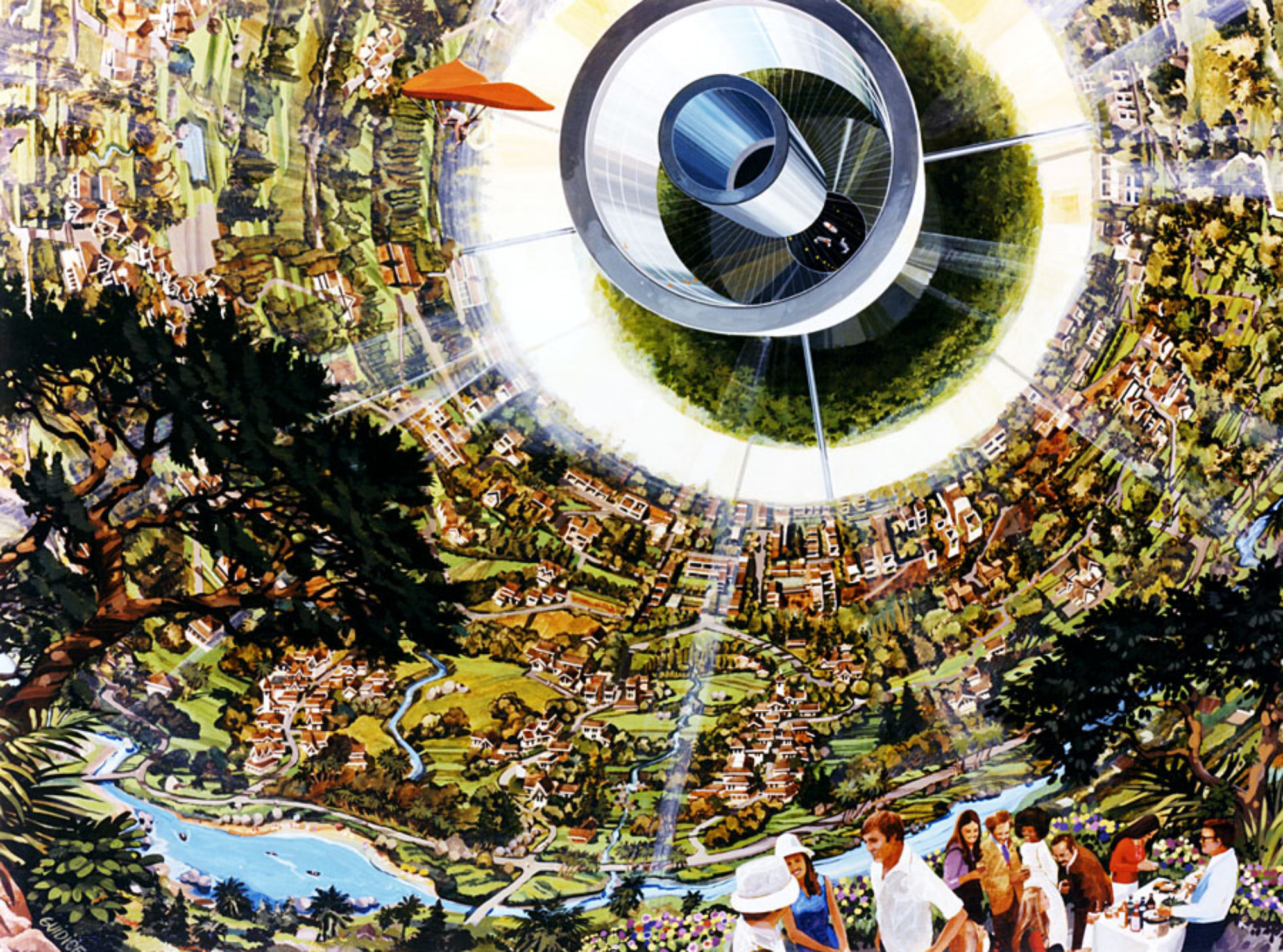

Located at the iconic Biosphere 2 facility in Arizona, SAM is a hi-fidelity, hermetically sealed science center about to begin cutting edge research into environmental control and life support systems (ECLSS). The facility will host researchers to perform experiments on plant physiology, regolith chemistry, food cultivation and a host of other studies in the context of a space habitat analog.
Utilizing the original Test Module which completed three closed cycles to test water and human waste recycling prior to the main Biosphere 2 facility construction, SAM will be fitted with an airlock and pressurized enclosure including quarters for research crews to stay up to two weeks at a time.
Of particular interest, SAM in partnership with National Geographic, will help validate SIMOC, an interactive closed-loop life support system simulator based on authentic NASA data. Feedback from SAM will refine the SIMOC mathematical model that balances food, air, water, agriculture and solar energy to support humans in a closed ECLSS.
SIMOC was developed though a grant by Arizona State University’s Interplanetary Initiative. Unveiled at the Mars Society 23 Annual International Convention last October (see page 87 of the Conference Abstract) the software is licensed and hosted by the National Geographic Society for integration into classrooms globally where curricula is provided for teachers to get students involved as citizen scientists to design habitats to sustain human life on the Moon and Mars.

As stated on the SAM at B2 website:
“There is no single-run experiment that results in the ideal solution for providing breathable air, recycled water, food and waste reprocessing. Rather, we will see an unfolding of experiments, findings, and prototypes for decades to come. Much as farming evolved from the art of crop rotation to the science of genetically modified organisms, living on the Moon, Mars, and in free space will demand constant improvements in our systems as more humans move to off-world homes.”
Kai Staats, Director at SAM, was a recent guest on The Space Show where he provided a history of the creation of the facility and his role in developing SIMOC.


